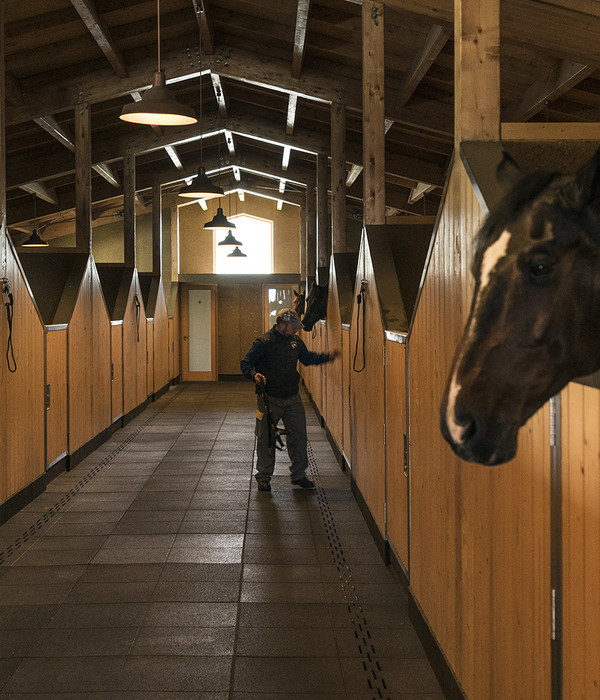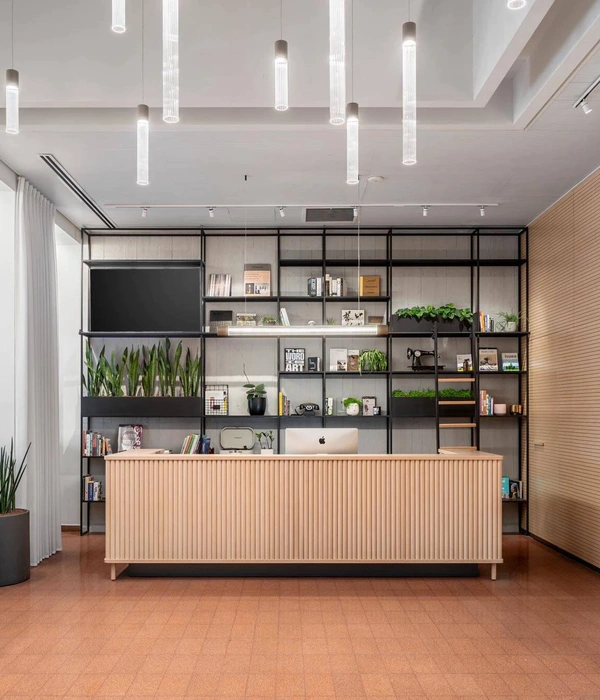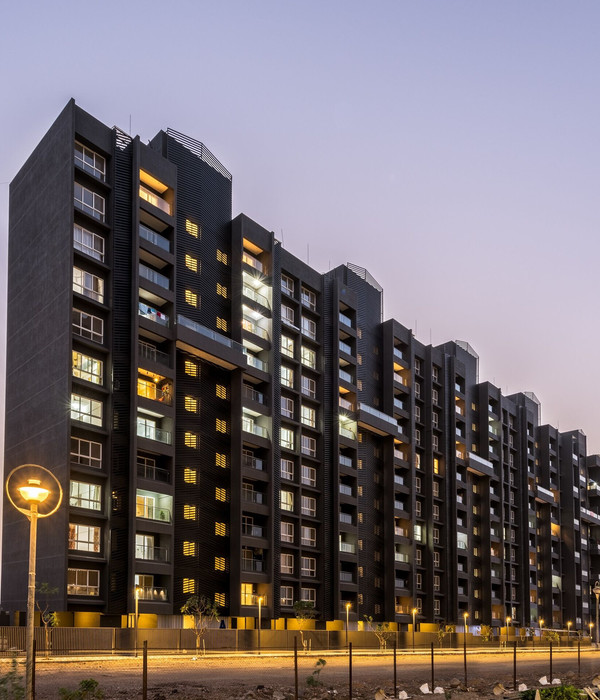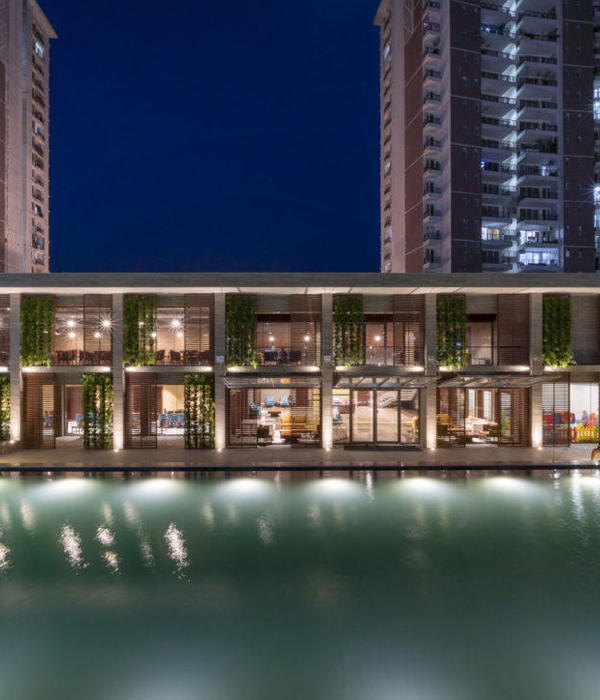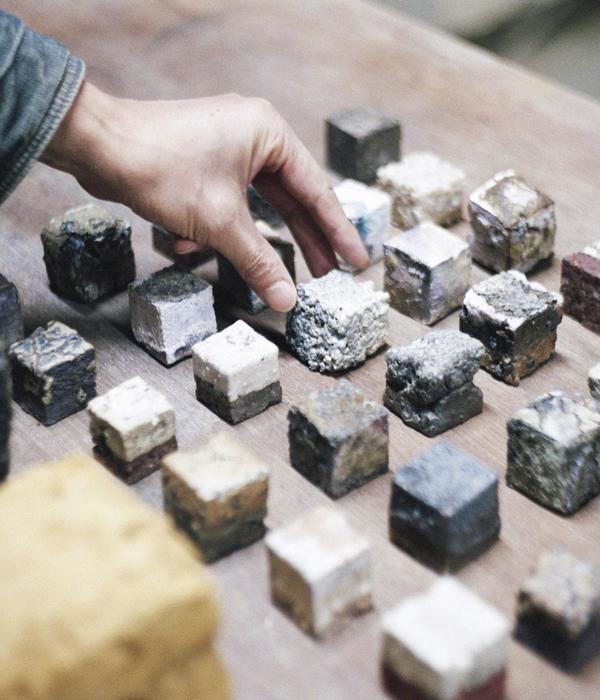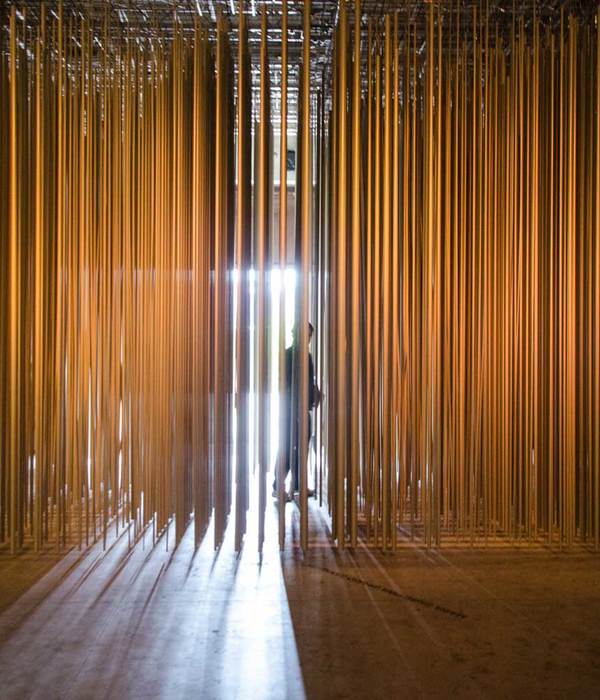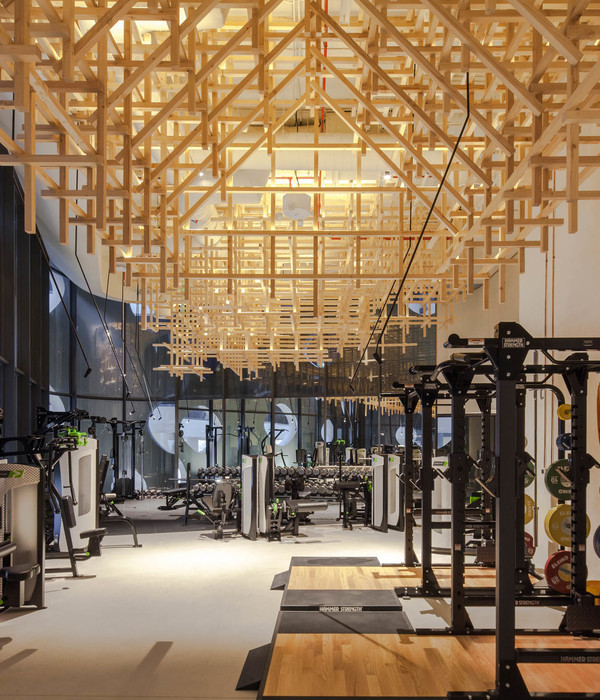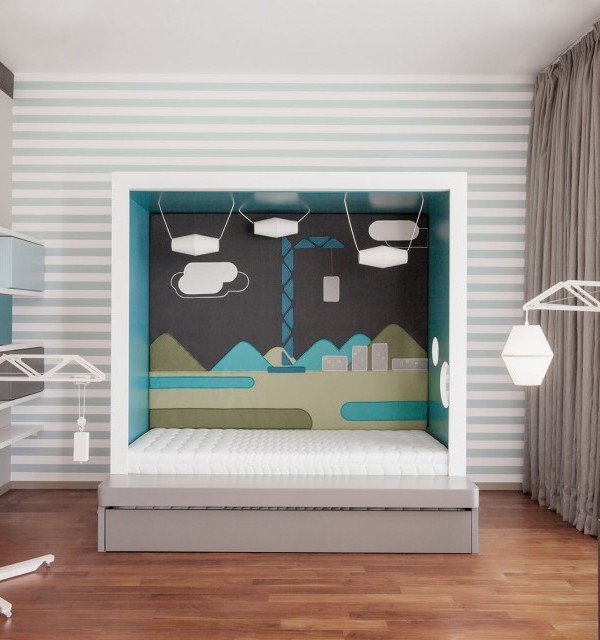SYNOPTIC SHEET: Surface Capacity 1 Conference room 260 sqm 200 people 2 Meeting room 45 sqm 30 people 3 Multimedia room 30 sqm 15 people 4 4 meeting rooms 25 sqm 8/10 people
The project approach is to place the hidden meaning of the place at the center of the whole complex. The modernity of the proposed architecture is contained in this objective-choice of linking the building to the nature that surrounds it, where tradition construction is re-proposed in the granite facades that in turn they alternate with glass and steel walls. This then residual part of the fenced lot, this somewhat remote and forgotten corner is not disturbed by the presence of the new building, but on the contrary enhanced by the new building which gives the place a new identity, linked to the context, not flattened on of it but dialoguing and strongly interacting with the boundary conditions. One could say that the building carries out a design inherent in the naturalness of the site ... try to perfect it. Shape organic, almost anthropomorphic of the building plan, it embraces and proposes itself on the site as a 'guardian' to signify that settlement mode. Despite the apparent stereometry of the volumes, the 'hardness' of the glass and the roughness of the stone the foundation of the building is a soft 'reclining', it is a choice of the space on which to pitch a tent, listening to the place to adapt and live in it. The building is organized on the basis of two primary environments, the conference room and the library, while an exhibition space becomes the connective of these two main activities. The double-height conference room with its 200 seats is the most representative space of the building. On the short side access to the highest floor are the cabins for the simultaneous translation in five languages, the control room and the hall print. The high glass walls allow a clear reading of the function; they are interrupted only in the two short sides, in correspondence of the stage and access, allowing that continuity relationship with the natural environment of the Mediterranean culture and wanted for this architecture to make - every internal space a little external, public, open and every external space a little internal, intimate, private. The library is divided into an area of 250 square meters and is destined to the archive of educational materials for forestry e cork cultivation. The space provides a book deposit for 10,000 volumes extendable to 20,000, an archive for the tablets in scale 1: 25,000 of the Forest Map of Sardinia, made by the Experimental Station, with direct surveys on the territory. Areas for reading and consultation are provided in the areas interposed between the primary nvironments. The center is completed by the meeting rooms, or halls meetings located in the different levels of the building for groups of 8 /16/30 scholars, equipped with communication systems multimedia, users can follow the conferences that you perform in the room and intervene with the video system conferences.
{{item.text_origin}}

